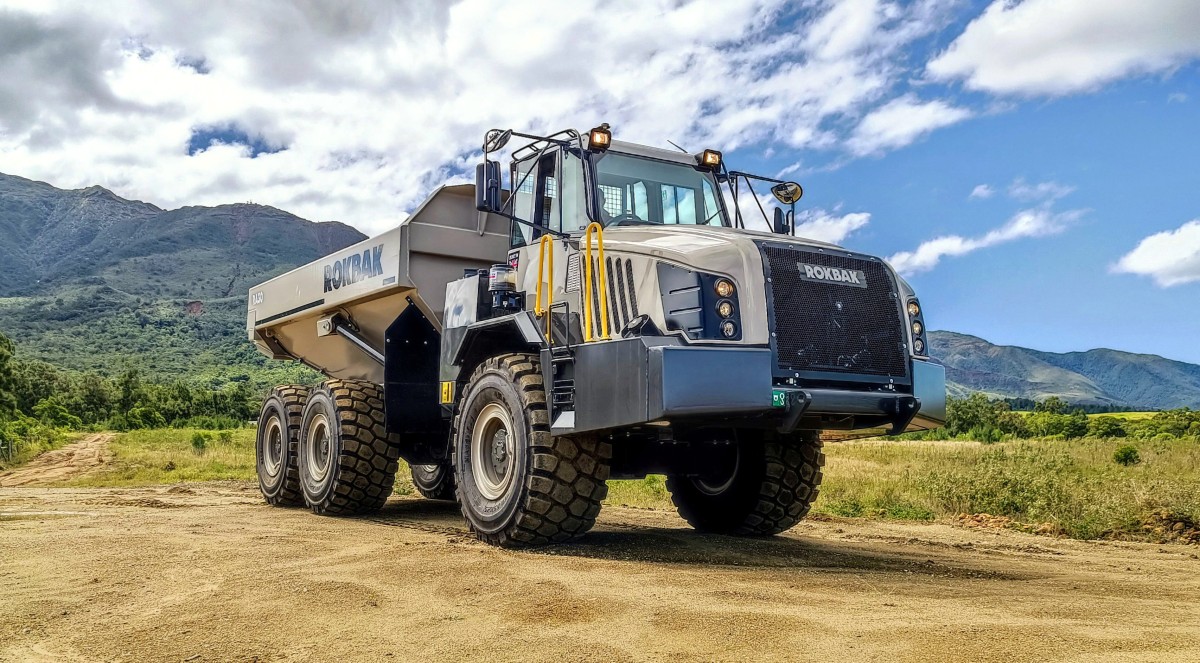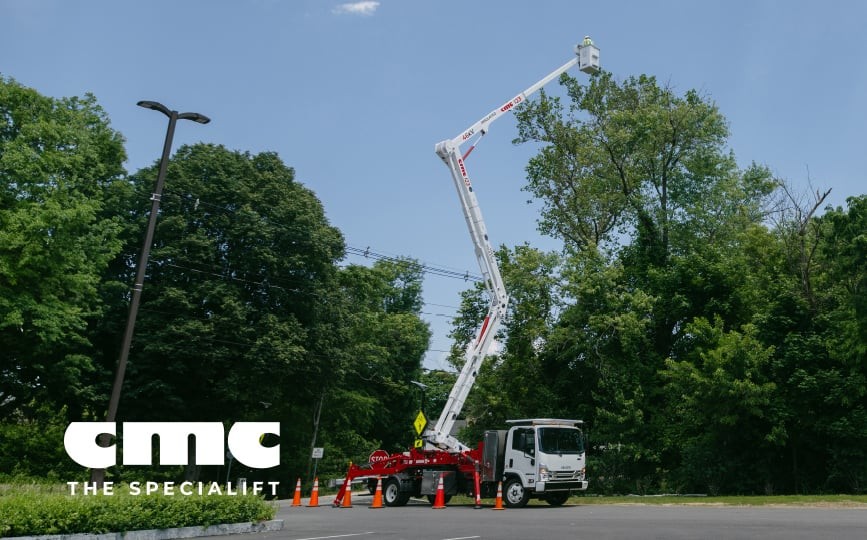Home \ International \ Palfinger crawler crane PCC 115.002: successful endurance test at 2,000 metres above sea level
Palfinger crawler crane PCC 115.002: successful endurance test at 2,000 metres above sea level
09/07/2019
Pubblicato da Redazione

Palfinger’s PCC 115.002 crawler crane impressively demonstrated its strengths on rough, alpine terrain
Palfinger’s PCC 115.002 crawler crane impressively demonstrated its strengths on rough, alpine terrain as it removed the old Schlossalmbahn lift supports in the Gastein Valley.
When the trails come to a halt in an alpine area, it is usually time to call in the helicopter. But this was not the case in the Gastein Valley, not far from Schlossalm, in August 2018 when elaborate and costly aerial operations were largely avoided. The innovative combination of crawler and crane was used instead. The terrain was “almost ideal” for the Palfinger PCC 115.002 crawler crane.
The pilot project was implemented by cable lift construction specialist PROMMEGGER, who drove this practical test forward in partnership with PALFINGER. For Managing Director David Prommegger, it was a pioneering project that was long overdue: “We have been thinking about using cranes in off-road terrain since 2009, almost ten years ago. And then during the Schlossalm project, we stumbled across the Palfinger crawler crane almost by accident. The crane functions as a real alternative to a helicopter. Furthermore, it doesn’t need any additional permits and you can work largely independently of the weather.”
Perfect for off-road use, sturdy and environmentally friendly
After the crane had been transported to within reach of the site by truck, its crawlers took it across the – at times –b almost completely impassable terrain to the lift supports. During the five-day job it required no additional assistance, conquering an altitude difference of more than 800 metres and gradients of up to 40%. The crawler crane was still far from reaching the limits of its climbing capacity of up to 60%, as confirmed by the operations managers who were on site during the smooth removal of the nine lift supports.
Once it had reached a support, the crane had to be optimally positioned and aligned. The precision control of the crane’s support feet made it possible to compensate for level differences to the nearest centimetre. This was an important feature as stability, reliability and efficiency go hand in hand for special applications like these and lifting loads of up to one tonne. Fears that the crawler crane might damage the fragile alpine floor proved unfounded in practice. Even when the crawler crane, which is extremely slim despite its 33-metre reach, needed to turn itself around it proved to be environmentally friendly and left only a few traces in the ground.
Now that David Prommegger has a taste of the possibilities: “The crawler crane will be useful for us in the future whenever we have large-scale projects coming up in an environment that is difficult to access. I’m thinking of road construction in the mountains, but also of the new high-voltage power line. This project has a large construction site, where use of the crane would be ideal – particularly as there would be no time pressure because, unlike the helicopter, not every minute of use would be reflected in the bill.”
The fact that the Palfinger crawler crane is a real quick-change artist demonstrates its scope of application. After all, just a few hours of transportation time is often the only thing separating it from working on projects in alpine terrain to performing special applications in industrial and indoor settings, where it can whiz through narrow passages like no other crane. Incidentally, transportation does not require any special permits given the crane’s dimensions and total weight.

Ultime notizie di Palfinger Italia

Lifting
03/01/2024
Palfinger truck-mounted forklift simplifies narrow access to farms
EUREA Distribution in France counts on Palfinger truck-mount...

Lifting
19/05/2023
Palfinger: TEC Cranes Mark a New Era in Crane Operation
The latest model range was developed in close cooperation wi...

Lifting
05/01/2023
Palfinger: Innovative Lifting Solutions for Rail Infrastructure
Austrian Federal Railways (ÖBB) is purchasing 56 new vehicle...

Lifting
29/11/2022
Palfinger Crawler Crane in the Tauernmoos Hydro Power Plant
The Palfinger PCC 57.002 crawler crane lifts even the heavie...

Lifting
31/08/2022
Palfinger: A Smart Future!
With its Vision & Strategy 2030, the international technolog...

Lifting
04/08/2022
Palfinger: eWorX Powers Everything!
Palfinger takes the initiative and, together with its cooper...
Altri International

International
21/11/2024
Kleemann: New compact crusher used for recycling
Impact crusher MOBIREX MR 100i NEO impresses during operatio...
International
21/11/2024
SITECH partners with Royal Engineers to create poppy and demonstrate tech offering
The demostration involved creating a ground-level poppy desi...

International
20/11/2024
Strong and stable RA30 trucks carry the weight at New Caledonian mine
Three Rokbak RA30 trucks are delivering exceptional durabili...

International
20/11/2024
Tadano AC 7.450-1 Performs Double Duty in Wisconsin
A cost-saving and versatile solution was already on site - a...

International
19/11/2024
Liebherr Tower Cranes and John Paul Construction celebrate 50 years of partnership
Irish construction company John Paul Construction is celebra...

International
18/11/2024
The CMC i23 aerial platform: an example of high performances
CMC i23 is designed to maximise operational efficiency in al...







































